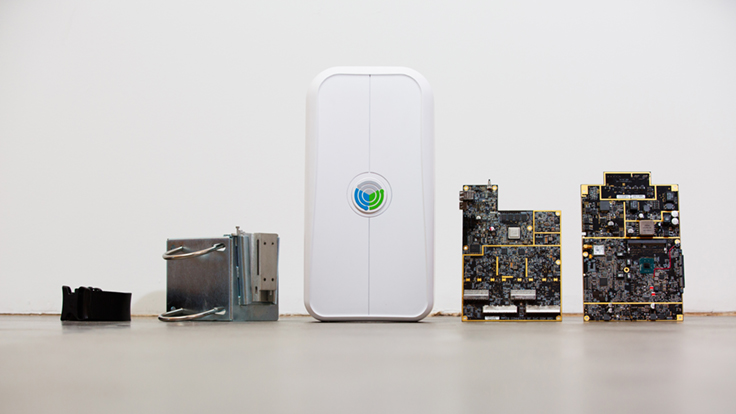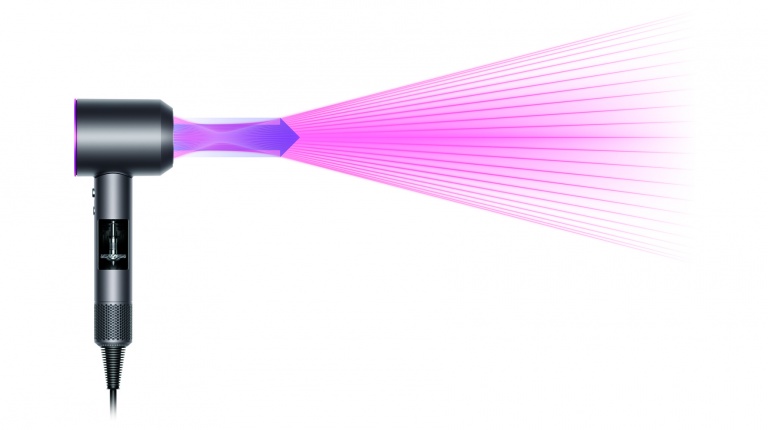The 6 most talked-about inventions of 2016
We look at some of the most exciting product design stories of 2016.
The low pressure, high-speed transport system

In May the first public prototype test of tech billionaire Elon Musk’s Hyperloop One took place, taking the supersonic transport system proposal one step closer to becoming a reality.
The elevated pressured pod system could be used to carry passengers between San Francisco to Los Angeles in just 30 minutes, reaching speeds of up to 760mph.
Massachusetts Institute of Technology in Boston has been chosen to develop the prototype, after winning a competition out of more than 1,000 college students.
The company also announced that it had received a further $80 million (£55 million) in a second round of funding, from a series of investors including French national rail company SNCF.
The recyclable paper bike helmet

Isis Shiffer’s foldable paper helmet design made headlines last month when the Pratt Institute of Design graduate won the international stage of this year’s James Dyson Award.
Designed to be used for bike share programmes, EcoHelmet features a “honeycomb” hexagonal-style structure which protects the head from impact, and can cleverly be folded completely flat when not in use.
Shiffer has been awarded £30,000 to develop the helmet, which due to the inexpensive materials and simple construction process she says should retail for as little as $5 (£4).
The wireless internet system for the developing world

Earlier this year Facebook CEO Mark Zuckerberg revealed the company’s plans to tackle the problem of 4bn people around the world still not having basic internet access, with its OpenCellular hardware and software system.
Roughly the size of a shoe box, the hardware is able to provide access to 1,500 people up to 10km away, while also withstanding extreme weather conditions such as high winds using various monitors.
It is currently being tested at Facebook’s headquarters in California, and the social media company has said it will open-source both the hardware and software design, in order to make it freely available and cost-effective for people around the world.
The connected home robot that can take care of your health

Pillo is a smart robot which can help people with everything from general medical advice to taking medication.
Using facial and voice recognition, it is able to respond to user commands such as asking to be connected to a healthcare professional. It can also hold up to four weeks of medication, and pre-emptively reorder it when it is running low.
After a successful crowdfunding campaign in August, Pillo is expected to be in stores is the US from the end of 2017. It is not yet confirmed when it will reach the UK.
The supersonic hairdryer

Dyson made its first venture into beauty electronics in April this year, with the launch of its highly anticipated temperature-monitoring, supersonic hair dryer.
The hairdryer – which cost £50 million to develop and retails at £299 – claims to reduce heat damage to hair, while also being quieter and lighter to use.
It is also “stronger” and “more controlled” than similar products on the market, according to Dyson. Using Air Multiplier technology, it increases the amount of air being drawn into the motor drastically and creates a “focused jet of air”.
The “modular tech” concept

In June, consultancy Seymourpowell revealed a series of concepts it had been working on which illustrate how open source hardware could be used in product design in the future.
The design team used Google’s Project Ara open hardware platform to create four “modular tech” concepts: Move, Wear, Link and Play.
The thinking behind the concepts was to demonstrate how a number of products could be brought to market both cheaper and quicker, while also being tailored for the individual user.
Seymourpowell highlights how this could potentially be used in a wide range of industries, such as music and agriculture.
-
Post a comment




